
Objectives and Design Principles of PCB Level Shielding
PCB level shielding refers to design techniques that utilize multiple shielding methods within the internal structure, trace layering, grounding layout, and localized metal shielding of printed circuit boards (PCBs) to
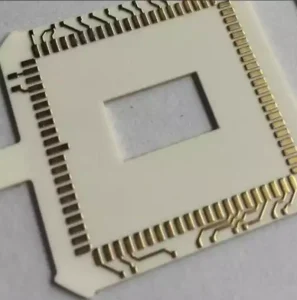
Ceramic Circuit Boards Compared to Ordinary Circuit Boards
Within the vast realm of electronic circuits, the printed circuit board (PCB) plays an indispensable role. It serves as both the solid foundation and vital link for electronic components, providing
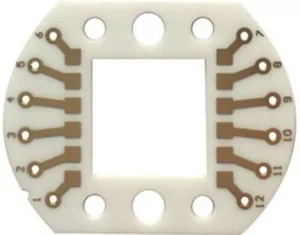
Electronic Packaging Ceramic Substrates Facilitate the Evolution of Power Devices
Electronic packaging ceramic substrates, leveraging their unique advantages amidst the sweeping tide of continuous innovation in semiconductor technology, occupy a pivotal position in the advancement of power devices. Presently, power

What is PCB Contamination and Why is it an Invisible Risk?
What is PCB Contamination? In the electronic manufacturing process, many failure problems do not stem from design errors or component quality, but from a long-underestimated factor—contamination. Understanding what PCB contamination
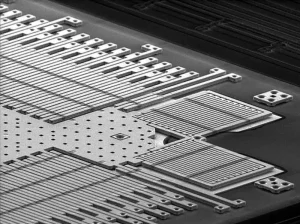
Glass substrates and TGV process
Glass substrates are regarded as crucial carrier plates for next-generation chip packaging, with glass serving as their core material. The key to realising glass substrate packaging lies in TGV technology.
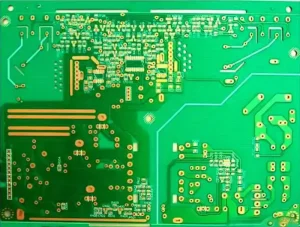
Applications and Functions of Laser Technology in Printed Circuit Boards
PCB laser processing is a manufacturing technique that employs high-energy-density laser beams to mark, cut, or drill holes in printed circuit boards (PCBs), finding extensive application within the electronics manufacturing

Advantages of Hybrid Boards and Trace Losses
In the current era of continuous innovation in electronic technology and increasingly widespread application of high-frequency circuits, high-frequency hybrid boards have distinguished themselves in numerous circuit designs through their unique
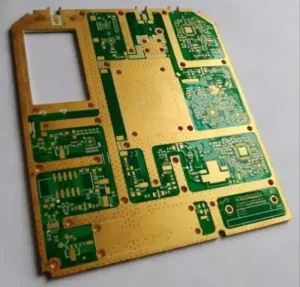
Opportunities and Challenges of the RO4350B and FR4 Hybrid Pressure Process
In this era of rapid advancement in high-speed communications, RF microwave technology, and 5G applications, the selection of high-frequency hybrid-material boards has become a critical issue engineers must confront. The
Development and Application of Semiconductor Packaging Technology
In traditional semiconductor packaging processes, lead frames serve as the conductive pathways for integrated circuits (ICs) while also functioning as the supporting substrate. The pins are connected to either the
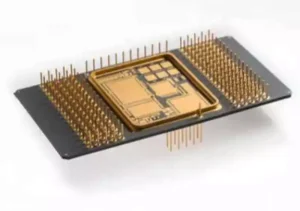
Development and Applications of Package Substrates
The package substrate comprises both the carrier for electronic circuits (i.e., the substrate material) and the copper electrical interconnect structure (encompassing electronic circuits, through-holes, and other components). The quality of

Rogers PCB Laminate Drives High-Frequency Innovation
Understanding Rogers PCB Laminates: The Core Material for the High-Frequency, High-Speed Era In the rapid evolution of the electronics manufacturing industry, the importance of circuit board materials has shifted from

Arduino PCB Board Functionality and Design
Arduino PCB boards typically refer to printed circuit boards specifically designed for Android devices such as smartphones, tablets, and television boxes. Similar to PCBs in other devices, arduino pcb boards
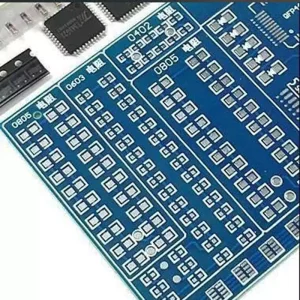
Common PCB Pad Repair Methods Summary
During the production or rework stages of PCB circuit boards, pcb pads are highly susceptible to damage, ranging from localised fractures to complete detachment from the substrate. Such damage directly
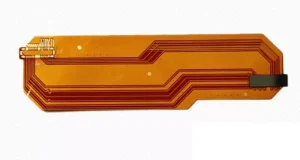
The Functions and Advantages of FPC Cameras
Flexible Printed Circuit Board Camera Modules, commonly abbreviated as FPC cameras, are camera modules incorporating flexible printed circuit boards (FPC). Unlike traditional rigid circuit boards, Flex pcbs are manufactured using
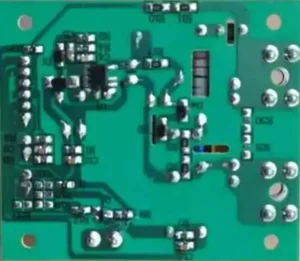
GLX PCB RITE Board Fault Diagnosis and Replacement
GLX PCB rite board is a primary replacement circuit board specifically engineered for Hayward Goldline AquaRite salt chlorinator systems. It serves as the system’s central control unit, overseeing all core
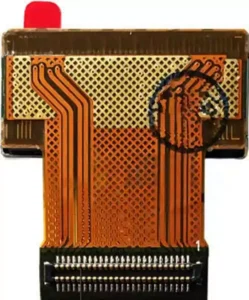
Camera PCB Board Design and Application
Camera pcb boards, or Camera circuit boards, are printed circuit boards specifically designed for on-board cameras, forming the fundamental structure of digital imaging equipment. Cameras are complex electronic devices comprising

How to cut pcb circuit board
Cutting PCB circuit boards is a fundamental skill in electronics fabrication, encountered by both hobbyists and professionals alike. A wide array of cutting tools is available, ranging from hobbyist staples
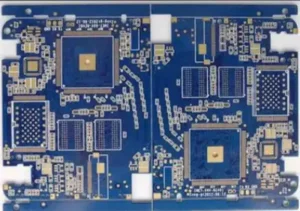
Factors Affecting the PCB Circuit Board Price
PCB circuit board prices are influenced by multiple factors, from materials and specifications to manufacturing processes and order volumes, each of which impacts the final price. Understanding these key elements

Anylayer HDI PCB Manufacturing Precautions
Anylayer HDI, as one of the most advanced processes in PCB manufacturing, enables interconnections between any layers within the board via laser blind vias, thereby achieving ultra-high routing density. The
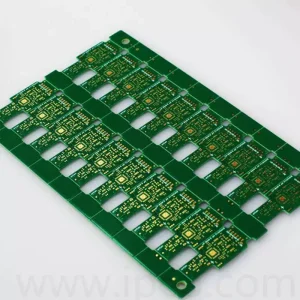
Technical Breakthroughs and Applications of uHDI PCB
uHDI PCBs (ultra High-Density Interconnect PCB) represent a further advancement of high-density interconnect printed circuit boards (HDI PCBs). As electronic products evolve towards miniaturisation, slimness, and enhanced performance, uHDI PCBs
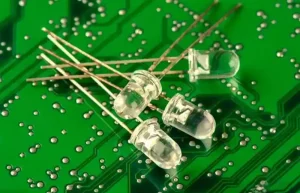
Applications and Advantages of Optoelectronic Circuit Boards
Optoelectronic circuit boards integrate circuits and optical components into a single unit, yet manufacturing such PCBs using existing processes presents significant challenges. 3D (additive) printing technology offers a novel approach
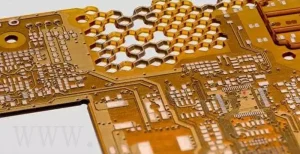
Breakthroughs and Applications in 3D Printed PCB Boards Technology
3D printed pcb boards are spearheading a disruptive transformation in manufacturing processes. Unlike traditional fabrication methods—which commence with copper-clad laminates and progressively remove excess material through subtractive techniques such as
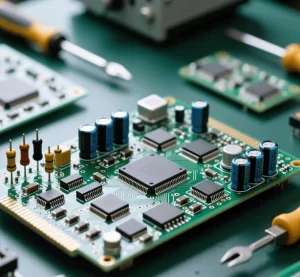
Board PCB Assembly Powers the Evolution of Modern Electronics
The concept and importance of Board PCB Assembly In modern electronics manufacturing, board PCB assembly is a core link connecting design concepts and finished product functionality. It’s not merely about
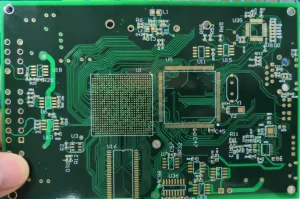
Solder Mask Ink and PCB Solder Resist Bridge Process
The layer of paint on the PCB surface is called solder resist ink, also known as PCB solder mask ink. Solder mask ink is the most common and primary ink